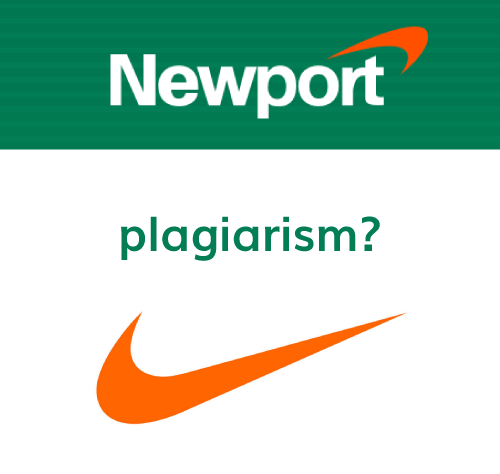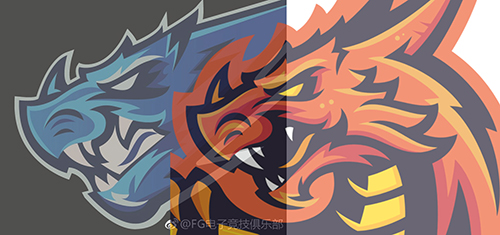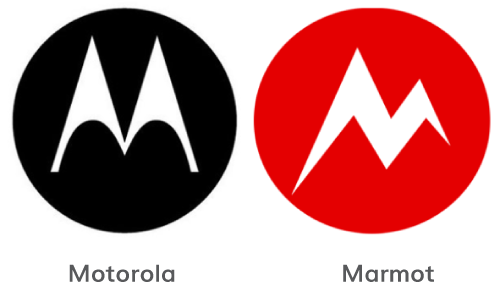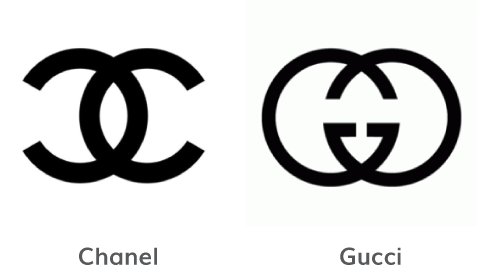Logo plagiarism: the devil is in the details
March 29th, 2017

Logo design plagiarism controversies are one of the most common topics our blog deals with. However, even as we defend some designers and accuse others, you may have noticed that we have never approached things from a purely legal perspective. Why?
That would be because logo design copyright is a quagmire of subjectivity even on the legal level. When it comes to text, legal boundaries between unintentional similarity and copyright infringement can be established, since you can easily determine what percentage of text is identical in the two works. This is practically impossible to do with a visual work, so you can just forget about any “25% rule” you may have heard of. Additionally, text presents endless ways to say the same thing, making it unlikely to accidentally write the exact same work as someone else. Design does not always have the same luxury, especially when it comes to the geometrically-based style that has become so popular lately.
In the event of a copyright lawsuit over a logo, a judge would base his or her decision on an “ordinary observer test”. This is a method that courts use to determine whether there is “substantial similarity” between the two logos, that is to say, the two logos are similar enough that the average customer could mistake one for the other, or at least realize immediately that one must be a direct copy of the other.

For instance, in this case, the offending logo is an almost exact replica of the original, down to the small details – and there are plenty of those, making the copyright violation quite obvious. But such clear-cut cases are infrequent indeed in today’s design environment, which focuses on simple, geometric logos. And according to LegalZoom, “familiar shapes like crosses, shields, and pyramids would not […] represent a violation of copyright”. In short, the more generic a logo is, the harder it is to make certain that copyright infringement took place. There are plenty of major companies with suspiciously similar logos – but because these logos utilize relatively simple shapes, there is no way to determine whether the similarity is due to plagiarism or mere coincidence.


There are some further flaws in this approach as well. Obviously, different observers may have different opinions on whether plagiarism occurred or not, which means that an “average” opinion may not be easy to pinpoint in some cases. In addition, an ordinary observer would not necessarily have sufficient knowledge of logo design to determine the likelihood that a logo was plagiarized.
The observer test is more appropriate in a trademark dispute, since trademarks are aimed at customers and intended to protect them from confusion between different brands. However, in a copyright dispute, where the aim is to determine whether plagiarism occurred or not, the test is not guaranteed to give correct results.
A question rises, of course: what could be a good substitute for the observer test in such situations? Unfortunately, to date, this question remains unanswered.
About the Author:
Daniil Stoenko is a professional writer and translator who produced a variety of articles for LogoBee’s Logo Design Blog over the years.







